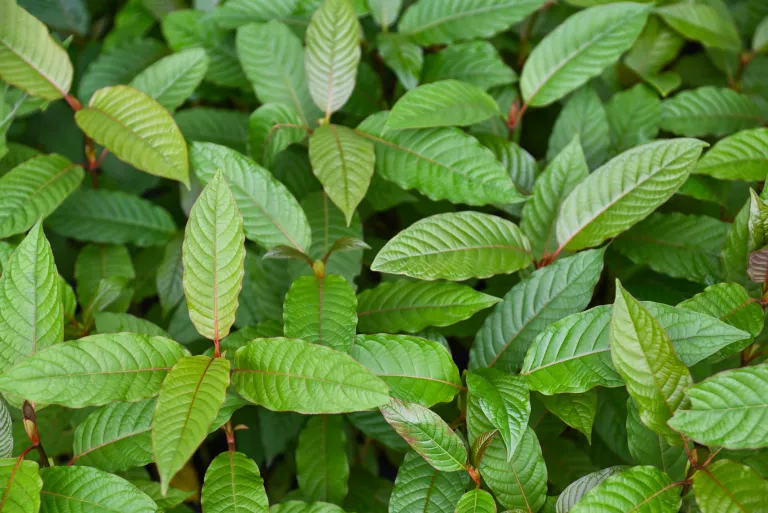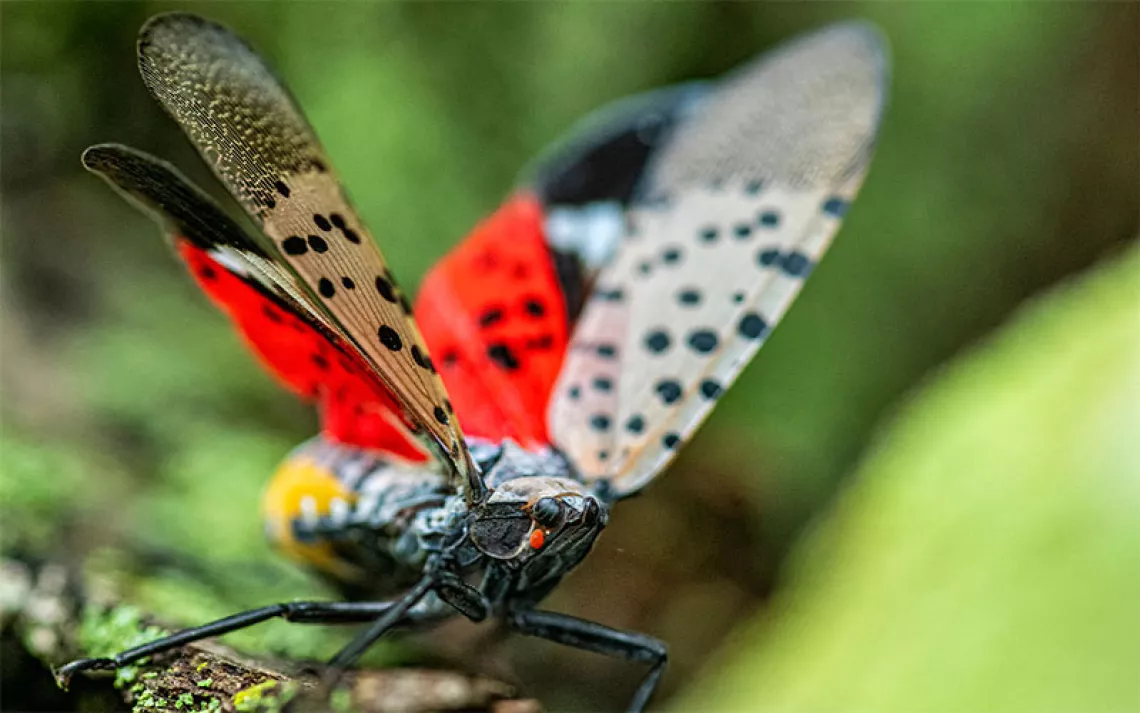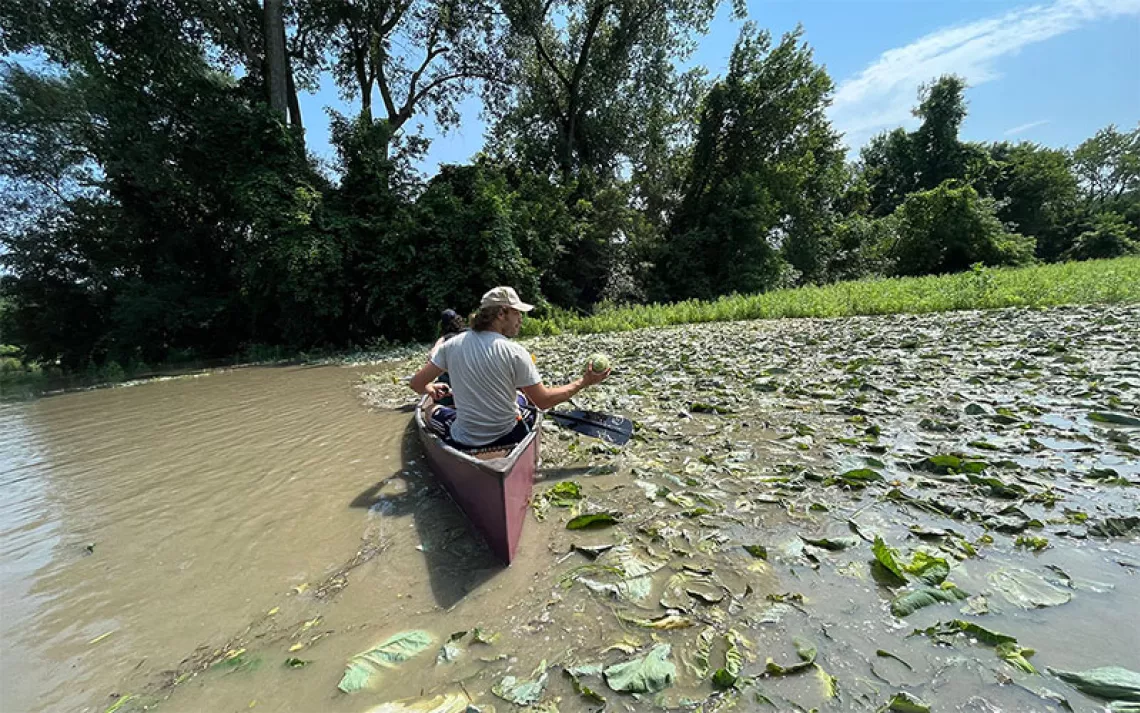Plants that eat Poison, Biomedicines, and Glow-in-the-dark rabbits
Advances in Biotech

Plants that eat Poison
Biologists have been working for a decade with plants and bacteria that absorb and break down toxic pollutants, a process known as bio- or phytoremediation. The emerging challenge in this field is to blend different plants through genetic engineering--by taking a gene from a fern that captures arsenic, for example, and putting it in a larger plant with a greater absorption capacity--creating more efficient cleanup “machines” that are adapted to different types of toxic areas.
The Promise: The traditional method of cleaning up toxic sites--digging out the chemicals and putting them in special landfills--is an expensive, disruptive process. Supporters see harnessing the natural abilities of bacteria and plants as a cost-effective, environmentally friendly way to remove radioactive waste, DDT, and other poisons from groundwater and brownfield sites.
The Peril: Researchers are still unsure if some poisons accumulated by the plants would evaporate through the leaves, transferring the pollution problem to the air. If the plants happened to be recycled as garden mulch, wood chips, and other products, they would take the poisons with them to unsuspecting citizens’ backyards. Critics also argue that phytoremediation will only put a small dent in our industrial pollution problem. “Requiring all manufacturers to be responsible for ‘end of life’ care of their products or putting double hulls on oil tankers are less glamorous than taking a gene from ferns and putting it into poplars, but these actions would do much more to reduce pollution,” says Dr. Jim Diamond, a member of the Sierra Club’s Genetic Engineering Committee.
To Learn More: The EPA’s “A Citizen’s Guide to Phytoremediation” explains the science; a July 5, 2000, article from the Environment News Service explores some of its potential applications.
Biomedicines
Humulin, a genetically engineered insulin developed by Eli Lilly and Company using E. coli bacteria, was the first bioengineered drug approved by the Food and Drug Administration. Since that 1982 decision, the FDA has approved over 60 “biomedicines,” including blood-clotting factors for hemophiliacs and treatments for heart attack, stroke, cancer, and anemia.
The Promise: Many environmentalists support medical applications of biotech, which have been more tightly regulated than agricultural uses. Biotech insulin can be engineered to more closely match human insulin, an improvement in many ways over that extracted from the pancreases of pigs and cattle. (Some people develop antibodies to porcine and bovine insulin, rendering the treatment ineffective.) Transgenic technologies have also reduced the cost of vaccine production and helped develop blood-clotting factors (the proteins that initiate and regulate clotting) that are safer than factors from donors.
The Peril: Despite the potential advantages, some biotech drugs may cause unforeseen side-effects. In April 2000, a group of patients filed a class-action lawsuit against Eli Lilly and Novo Nordisk, a Danish company, claiming that genetically engineered insulin causes life-threatening diabetic complications.
To Learn More: The long-running Canadian consumer affairs program Marketplace covered the controversy on a February 13, 2001, segment.
Glow-in-the-dark rabbits
Chicago artist Eduardo Kac became infamous last year for "Alba," an albino rabbit genetically engineered to glow green under blue light.
The Promise: Genetic art can help provoke public dialogue about bioengineering and its effect on society. The artists involved in Paradise Now, a fall 2000 exhibit at New York’s Exit Art gallery, raised important questions about biotech’s impact on our food supply, intellectual property laws, and notions of individuality. Photographer Kevin Clarke, who makes portraits out of representations of people’s DNA, is one innovator who actually uses the tools of molecular biology to make his art.
The Peril: While most types of genetic art are environmentally benign, some critics believe that projects like “Alba” cross the same line as the technology they purport to critique.
To Learn More: Check out the gene-themed art of Kevin Clarke and the other Paradise Now artists.
 The Magazine of The Sierra Club
The Magazine of The Sierra Club







